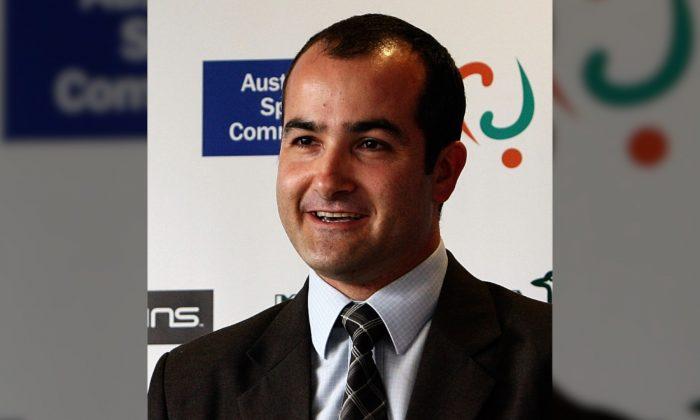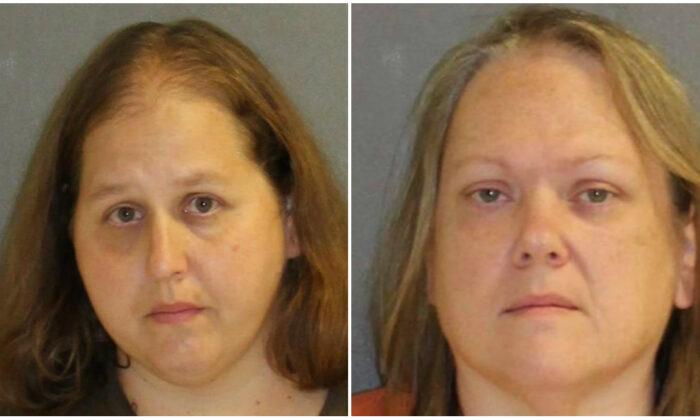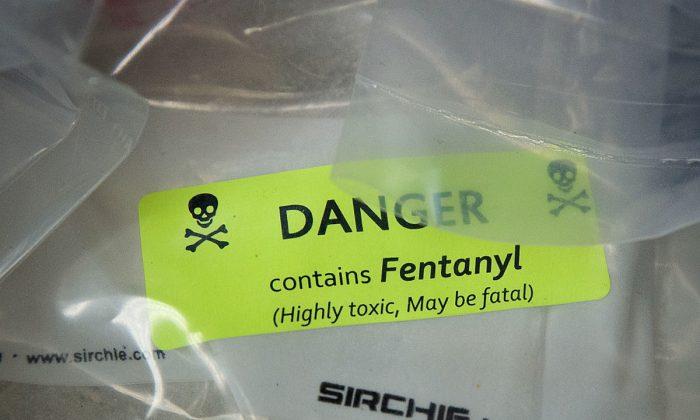Victoria University (VU) has been admitting students with no ATARs into university teaching courses.
![Photo of Victoria University Library, Footscray campus. (<a href="https://www.flickr.com/photos/little_yiye/">>littleyiye<</a> via Flickr [<a href="http://ept.ms/2haHp2Y">CC BY 2.0</a>])](/_next/image?url=https%3A%2F%2Fimg.theepochtimes.com%2Fassets%2Fuploads%2F2018%2F08%2F13%2F7317682674_3b8081c6ea_h.jpg&w=1200&q=75)
“These reforms are about putting people first by making sure our teaching courses are the best in the country and attract the highest quality students,” said Merlino.
Merlino went on Twitter to criticise those that are taking advantage of the loophole and ordered the Victorian Institute of Teaching to launch an investigation.
He warned that any university that didn’t comply with the reforms to raise the standards for teaching would risk losing their accreditation.
Victoria University’s Tim Newhouse responded by saying that not all students who enrolled into a Bachelor of Education Studies would move into teaching, reported the Herald Sun. He said that the program would also provide pathways into other occupations including “mentoring and tutoring, community programs, public and welfare services, after-school care, and teacher aide positions.”
An RMIT spokeswoman added that RMIT allows students who have underachieved in high school due to adversity in their life to redeem themselves by giving them an opportunity to study.
Underachieving Teaching Students
A record from a supplementary budget estimates hearing in 2017 reported that there had been an increase in Initial Teacher Education (ITE) students with no submitted ATAR.AITSL responded to Collins’s query in regards to whether there are other elements that would cause someone to be in the ‘No ATAR’ group. AITSL said that the Higher Education Student Data Collection (HESDC) collects ATAR rankings as normal and that those students who don’t have an ATAR score under their name are categorised as ‘No ATAR.’
The number of students admitted to ITE undergraduate courses with lower ATAR rankings has also increased, with 42 percent of students with an ATAR of 70 or lower being admitted in 2015 compared to 25 percent in 2006, the report stated. It also reported that this trend has been seen across all higher education programs, but the problem has been more severe in teaching and education.





Friends Read Free